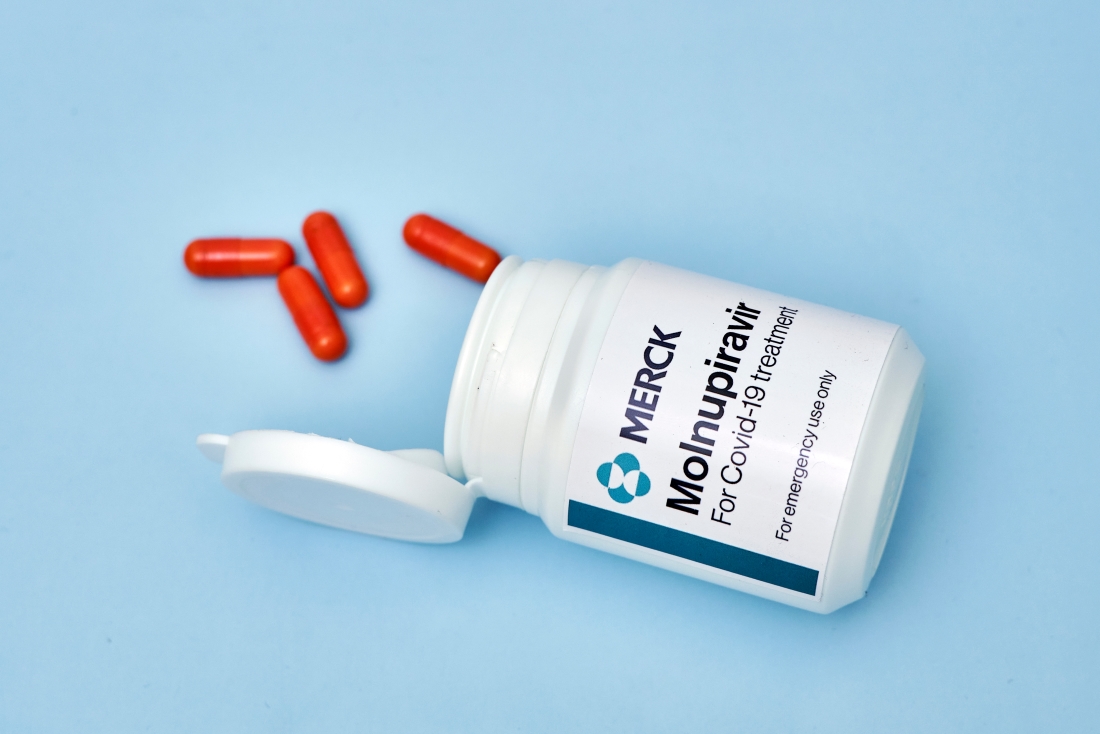The drug Molnupiravir does not reduce the frequency of hospitalizations or deaths related to Covid-19 among the most vulnerable vaccinated adults: this is what emerges from a study that inevitably downsizes the role of the very expensive pill of the pharmaceutical company Merck, which in recent months – on the basis of very scanty data – it had been celebrated in the mainstream media and by many of the most prominent virologists as an almost miraculous cure. The work, recently published in the magazine The Lancetwith the purpose of shed light on the effects of molnupiravir in at-risk vaccinated patients it precisely involved over 25 thousand Covid positive subjects and with symptoms that started no more than 5 days ago, most of whom had received at least three doses of an anti-Covid vaccine. Participants, aged 50 or older or 18 years or older but with “relevant comorbidities,” were divided into two groups: one was given 800 milligrams of molnupiravir twice daily for 5 days in addition to “usual care”, while the other was given only the latter. Well, following a 28-day monitoring it emerged that the groups experienced a similar rate of hospitalizations and deathsthe same being recorded in “98 (1%) of 12,525 individuals in the usual care group” and in “105 (1%) of 12,529 participants” belonging to the group to which molnupiravir was also administered.
Of course, individuals who received molnupiravir had faster recovery times than those treated only with usual care, but with much more modest results than those heralded by company press releases. In October 2021, in fact, Merck had issued a press release containing promising results: halving of hospitalizations and deaths by taking 4 pills a day for 5 days, with treatment to be carried out in the first days of the infection. Thus, the demonstrations of enthusiasm of the most prominent virologists were not long in coming, with the factotum of American pandemic management Anthony Fauci who – for example – had spoken of “impressive data”. Yet these data were far from solid as we pointed out, after analyzing them, on The Independent in an article published in October 2021 – among other things, the trial had been suspended before being completed, based on half of the volunteers initially planned.
Time and time again, data are emerging that question the efficacy of molnupiravir, whose benefits would appear to have been inflated by a little rigorous experimentation. Sure, it could be argued that the recently published study on the The Lancet concerns almost exclusively subjects vaccinated with three doses while the company’s press release does not mention the vaccination status of the individuals subjected to experimentation, but this would be a futile criticism. Even if we want to exclude the results that emerged from the current study, the general enthusiasm created following the dissemination of company data cannot in fact be justified given that the claims initially made on the efficacy of molnupiravir had already been denied in December 2021, when the complete data of studies submitted to the FDA (Food and Drug Administration) for approval of the drug had suggested that the same was “less effective than initially thought”. This was reported in an article published in the magazine Naturewhich specified that the results showed how the drug had “reduced the risk of hospitalization from Covid-19 by 30%”, and not by 50% as initially observed by Merck.
The current study is therefore a confirmation of the much less exciting data than expected. As mentioned, however, despite the fact that it was already in the past It’s easy to understand that company data had to be taken with a grain of salt, the reaction of several virologists had certainly not been measured. Yet, the gray areas related to the heralded data were different, with the latter which should have been critically analyzed by experts and the media not only due to the high cost of the pill (700 dollars per treatment) but also by virtue of thevery different attitude adopted towards other treatments. Suffice it to mention the therapy based on convalescent plasma, repeatedly supported by the national press with the concept of “conspiracy theory” but which later proved to be effective in reducing the “risk of progression of the disease leading to hospitalization”. A study published in the New England Journal of Medicine (Nejm), who also specified that convalescent plasma had no “patent limits” and was “relatively inexpensive to produce”: a detail which, in light of the above, cannot go unnoticed.
[di Raffaele De Luca]
